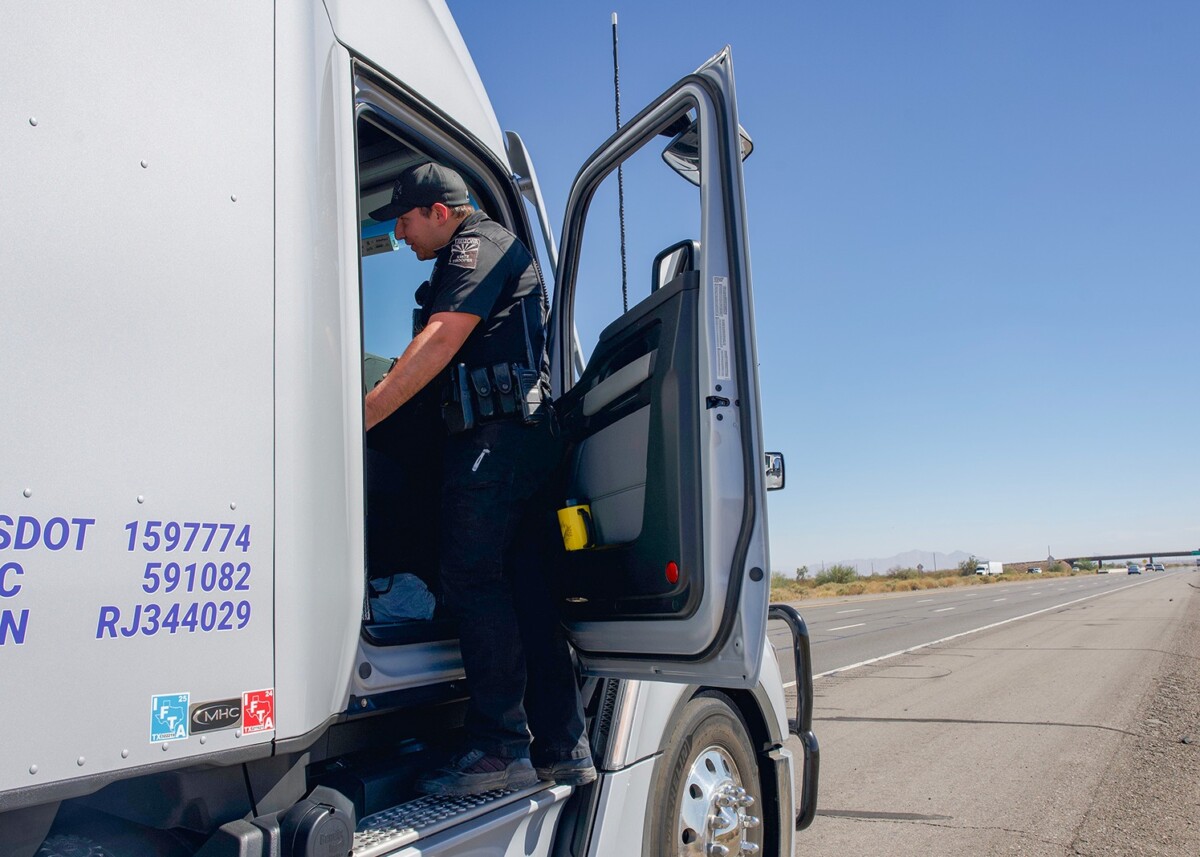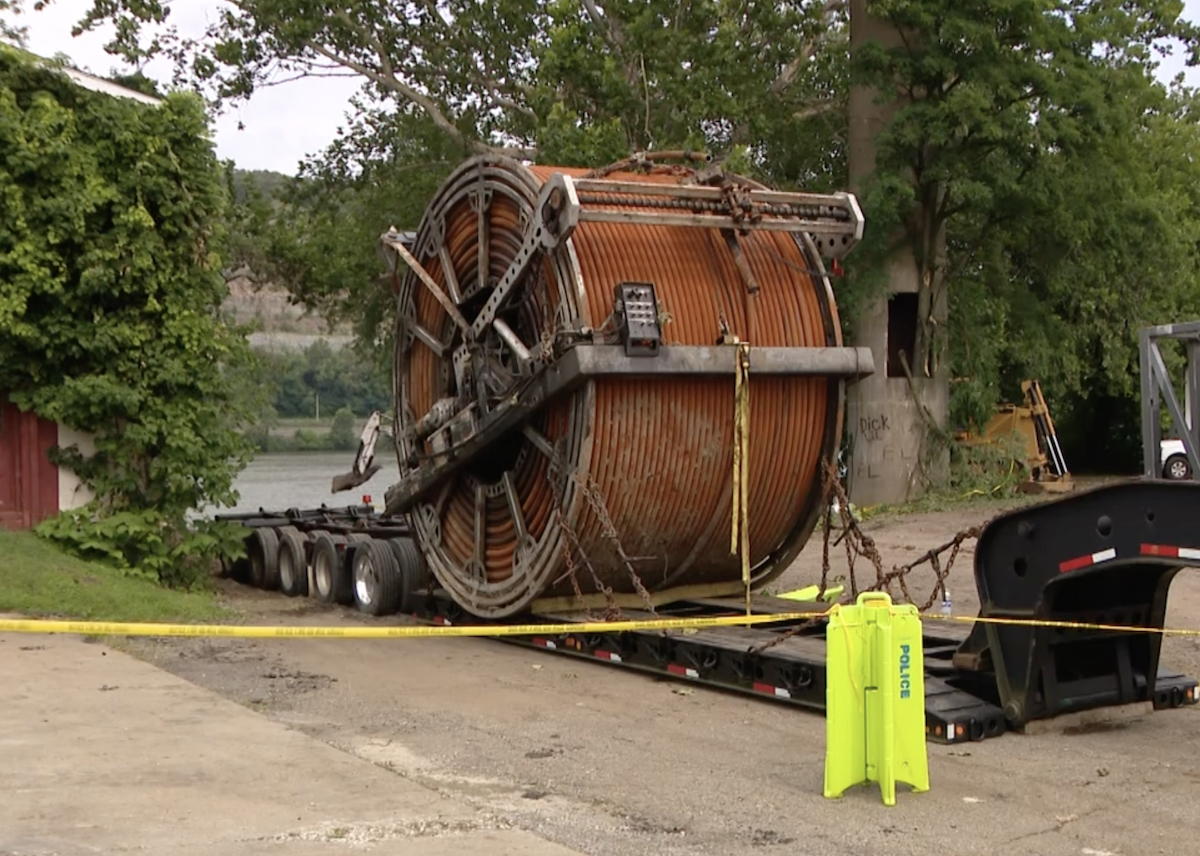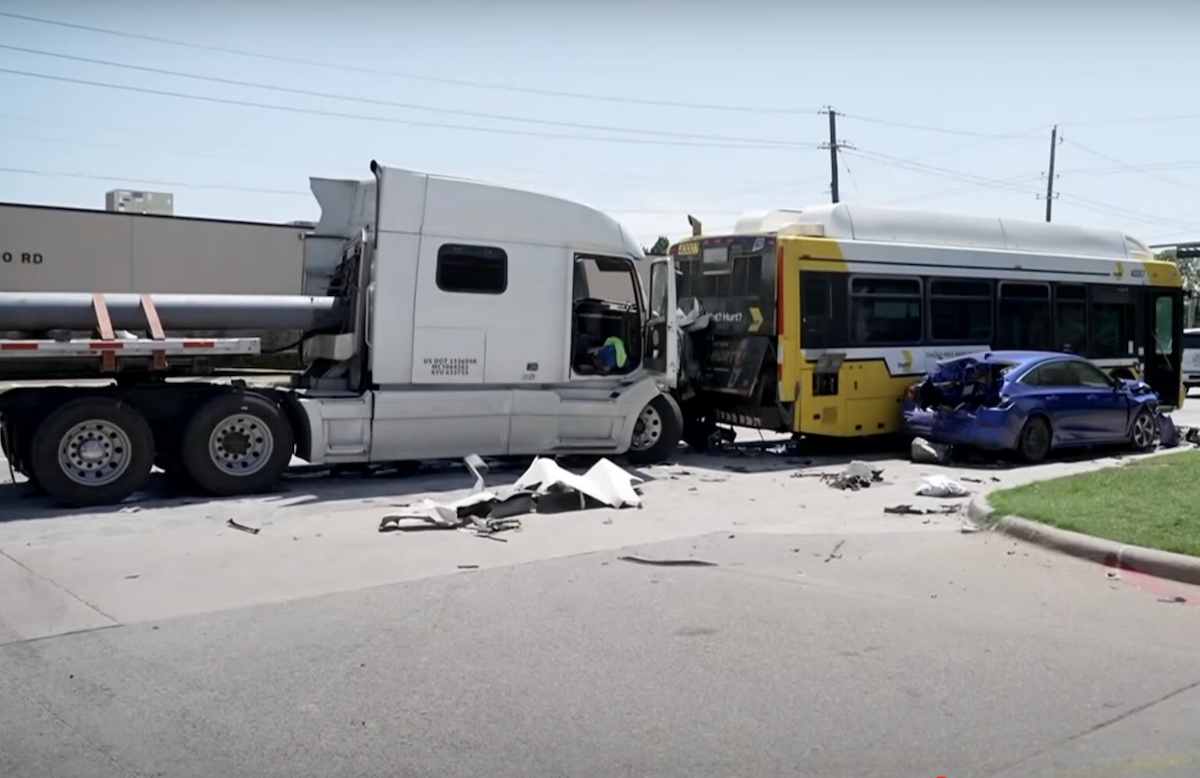The Federal Motor Carrier Safety Administration (FMCSA) shared updated guidance for law enforcement on how to evaluate whether a commercial vehicle driver is sufficiently fluent in English to avoid a citation or out-of-service order.
In late April, President Trump issued an Executive Order (EO) requiring the enforcement of existing English Language Proficiency (ELP) requirements for truck drivers. The EO sought to reverse a 2016 policy that stated that commercial vehicle drivers should not be placed out-of-service for ELP violations. Since the EO was signed, the Commercial Vehicle Safety Alliance updated the North American Standard Out-of-Service Criteria to make an ELP violation an out-of-service offense once again, effective June 25, 2025.
On May 20, 2025, the FMCSA released an internal memo that provides guidance for law enforcement personnel on how to evaluate whether drivers meet ELP requirements while conducting inspections, establishing the following two-step language assessment process, effective immediately:
- Driver interview
- Highway traffic sign recognition assessment
From the memo:
“This policy advises FMCSA personnel to initiate all roadside inspections in English. If the inspector’s initial contact with the driver indicates that the driver may not understand the inspector’s initial instructions, the inspector should conduct an ELP assessment in order to evaluate the driver’s compliance with 49 CFR § 391.11(b)(2).
Step 1. Driver Interview – Determining a Driver’s Ability to Respond Sufficiently to Official
Inquiries
The inspector should evaluate the driver’s ability to respond sufficiently to official inquiries and directions in English, as required by 49 CFR § 391.11(b)(2)
Because the driver interview is a means of establishing the driver’s ability to respond to official inquiries by speaking English sufficiently, the inspector should inform the driver that the driver should respond to the inspector in English. Tools to facilitate communication such as interpreters, I-Speak cards, cue cards, smart phone applications, and On-Call Telephone Interpretation Service should not be used during the driver interview, as those tools may mask a driver’s inability to communicate in English.
If the inspector determines the driver is unable to respond to official inquiries in English
sufficiently, it is the policy of FMCSA that the inspector cite the driver for a violation of 49 CFR § 391.11(b)(2).
There is no need to progress to Step 2 if the inspector determines that the driver is unable to respond sufficiently to official inquiries as outlined in Step 1 of the ELP Assessment.
Step 2. Highway Traffic Sign Recognition Assessment – Determining a Driver’s Ability to
Understand Sufficiently United States Highway Traffic Signs Including Changeable Signs in the English Language
The inspector should evaluate the driver’s ability to understand sufficiently United States highway traffic signs by conducting a Highway Traffic Sign Assessment to include highway traffic signs that conform to the Federal Highway Administration’s Manual on Uniform Traffic Control Devices for Streets and Highways (MUTCD) and electronic-display changeable (a.k.a. “dynamic”) message signs the driver may encounter while operating a commercial motor vehicle.”
The memo requires that officers document evidence to support the ELP violation, “including the driver’s responses or lack thereof” and place the driver immediately out-of-service for violation of English language requirements, and “when warranted, initiating an action to disqualify the driver from operating commercial motor vehicles in interstate commerce.”
The memo provides an exemption for drivers operating commercial motor vehicles in commercial zones along the U.S.-Mexico border, noting that these drivers should be cited for ELP violations but not placed out-of-service or disqualified from operating commercial vehicles.






